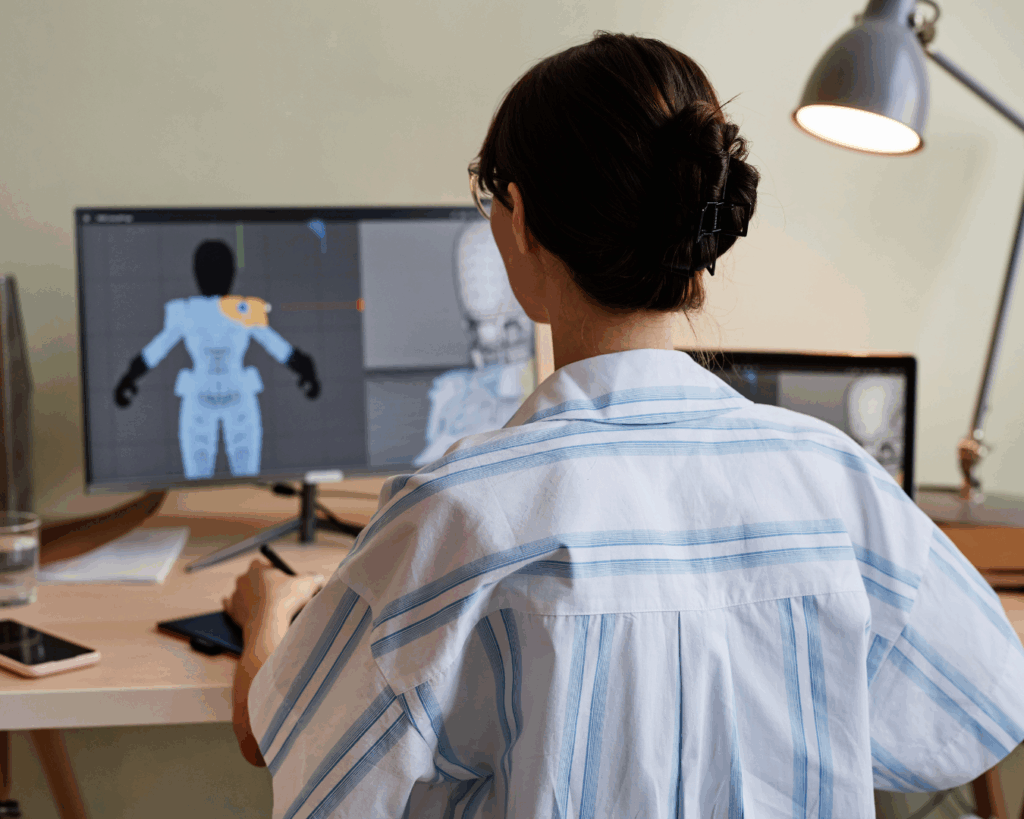In today’s digital learning environments, passive content delivery is no longer enough. Learners expect more than just video lectures and static readings—they need opportunities to engage, apply, and reflect. That’s where multimodal interactives come in. These dynamic learning assets combine various forms of media—video, graphics, clickable elements, simulations, and real-time feedback—into a single, cohesive experience. When used strategically, they don’t just enhance engagement; they deepen understanding and improve learning outcomes.
Multimodal interactives are more than flashy add-ons. They are thoughtfully designed tools that guide learners through complex concepts, simulate real-world scenarios, and provide immediate feedback. Whether it’s manipulating a virtual medical instrument, exploring a 360-degree neighborhood to assess social determinants of health, or interacting with AI-generated tutors, these experiences transform learning from passive consumption into active problem-solving. But the key to their effectiveness lies in how and where they are used. Here are three ways to strategically integrate multimodal interactives into your learning experiences to maximize their impact for learners.
1. Target the Trouble Spots
One of the most effective ways to use multimodal interactives is to address the concepts that students struggle with the most. These are the moments where learners are likely to get stuck, and where a well-designed interactive can make all the difference. For example, in a physical therapy program, instructors may find that students repeatedly struggle to apply abstract knowledge about a tool when they find themselves in-person in front of a real life patient. To address this instructional problem, learning designers can pad the instructional material in this part of the course with a multimodal digital interactive that allows students to manipulate a digital version of the tool and apply it in a real-world simulated case study with real time feedback. An exercise of this nature would allow them the repeated practice of applying their knowledge in a simulation before they encounter their first live patient.
2. Pair Interactives with Assessments
Strategically pairing interactives with assessments can reinforce learning and provide more authentic evaluations of student understanding. Interactives can be placed before assessments to help students review and apply key concepts, or embedded within assessments to simulate real-world decision-making. For instance, a learner might complete a case-based interactive that mirrors the type of thinking required on an upcoming test, or engage with an interactive scenario as part of the assessment itself. This approach not only strengthens retention but also supports academic integrity by making assessments more application-based and less susceptible to AI misuse.
3. Balance Content Saturation with Application
Timing matters. Interactives are most effective when they are used to break up dense content and transition learners from information intake to application. Rather than front-loading a module with interactives, it’s often more impactful to place them after key content has been introduced—when learners are ready to pause, reflect, and apply what they’ve learned. This pacing strategy helps manage cognitive load and ensures that interactives serve as reinforcement rather than distraction. In some cases, interactives may be shifted to later modules to better align with time-on-task expectations and content flow.
Simulate the Real World, Virtually
Perhaps the most powerful use of multimodal interactives is their ability to simulate real-world scenarios. These simulations allow learners to step into authentic contexts—seeing patients, making decisions, and receiving real-time feedback. Whether it’s adjusting a virtual goniometer or navigating a digital map of a city to assess health disparities, these experiences bring theory to life. They help learners connect abstract concepts to practical applications, preparing them for the challenges they’ll face in their professional fields.
In a crowded online learning market, multimodal interactives offer a way to stand out—not just through innovation, but through intentional, strategic design. When used thoughtfully, they don’t just make learning more engaging—they make it more effective.
This essay is the product of a conversation from the Baylor University Learning Design and Technology program leadership and course designers.
Baylor School of Education EdD Online
Instagram: @bayloreddonline
Facebook: BaylorEdDLOC | Baylor EdD – Learning & Organizational Change
LinkedIn: Baylor School of Education EdD Online (Showcase of Baylor University)
Baylor School of Education Online Learning
Instagram: @baylorsoeonline





